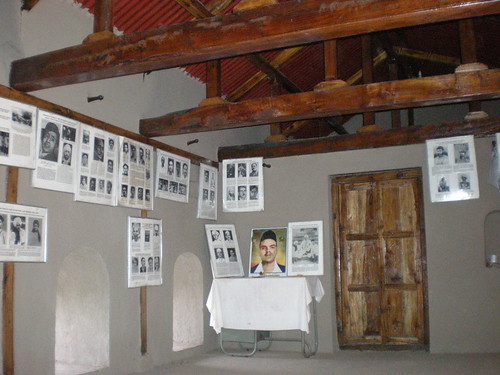 I was born and brought up in Nanded, which seems rustic today to my eyes habituated to the glamour of metros for more than decade. But even living in small countryside city twenty years ago did not bar us from being lured into pop music. And I, with people from my generation who are in their thirty something now, could easily pinpoint the one phenomenal reason for this inclination towards this 'un-Indian' music. It was named Michael Jackson.
I was born and brought up in Nanded, which seems rustic today to my eyes habituated to the glamour of metros for more than decade. But even living in small countryside city twenty years ago did not bar us from being lured into pop music. And I, with people from my generation who are in their thirty something now, could easily pinpoint the one phenomenal reason for this inclination towards this 'un-Indian' music. It was named Michael Jackson.It was very late that we began to know MJ as 'Whacko-Jacko'. We were still in the era of audio cassettes and video cassettes. MP3s and You Tube were still to be dreamt. My uncle used to run a video cassette shop, a highly profitable business at that time. Renting out Hindi and Marathi movies (word Bollywood was still to be coined then) was the most profitable work then. VCPs and VCRs were new entrants then and just like Twitter today, were craze as well as a status symbol. But the music videos were the last thing to be given, especially that of a pop music video. First it was looked at with indignation for being obscene and second, not many could understand English, let alone songs.
It was in the state of ignorance itself that I first began tapping my feet on the Whacko-Jacko's rhythms. One of the first video cassettes featuring Michael's tour. The flow of time has drained down name of that particular tour. But I remember being mesmerised by the unbelievable theatrics of the King of Pop. As I passed matriculation, the magic spread day by day. The madness reached to its zenith in 1993 when Michael performed parts of his 'Black or White' at the annual Grammy awards function.
Then I began to notice the popularity of this artist. I could sense his popularity when fellow students from slum danced to his tunes. Moonwalk dance was an all time hit affair. One of my friend, who runs a local orchestra troupe now in Nanded, had performed the dance (imitated?) at our National Cadet Corps (NCC) camp way back in 1989. His influence endured far than school days. Five years later, I was busy requesting a local shop owner to prepare a cassette full of selected songs from Michael. In the days when a litre petrol cost Rs 10, I spent about Rs 30 for that cassette. During polytechnic years, the cassettes circulated in number of rooms in the hostel and was lost forever two years later.
Besides Bruce Lee, the only US artist which could adorn walls in my home town was Michael Jackson. Although I fear the majority of customers for those posters were bachelors. Arnold Schwarzenegger and Sylvester Stalone were later entrants in the same category, although timeline of their successes was concurrent with Michael.
I am not sure why Michael was so popular in regions hitherto unexplored. I could understand when the revellers danced to 'Dangerous' in a function with full volume blaring out thumping beats on the huge walls of speakers. Because that was in Pune and it was year 1998, when satellite channels were available as easily as mobile phones today. He was the poster boy of MTV. But what about Nanded in early 1980s? Were controversies in a way responsible for his fame? Was he an icon of rebellion? Or simply a craze? Whatever might be reason, he lured us towards pop music...I say it because pop culture has never thrived in Maharashtra. Even when Michael performed his only concert in India, it did not transformed into a movement of bands or pop music. Life moved in the same fashion as before only increasing his popularity more than ever. That he was popular in India more than any other artist of his time has to be taken with the fact that within a span of two years, he was mired into controversies after controversies. Generally, Indian people do not take to black artists as they do white ones. Only Michael was exception.
After coming to Pune, I lost track of Michael. I liked History, some songs from the album still being played on my portable music player. But Blood on the Dance Floor was almost unheeded by me. In the meantime, he turned to Islam and then I lost any interest in the person. His music continues to Thrill me, that's all. He may rest in peace now, but we will still move on his rhythms.










